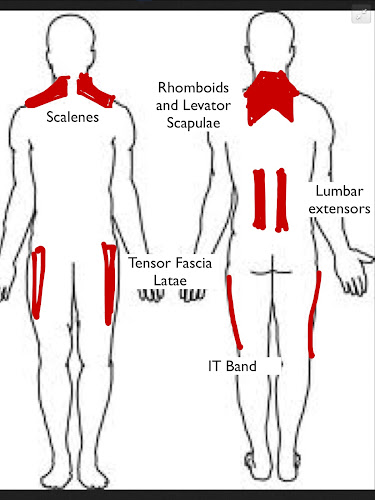The amount of weight gain during pregancy can have a direct effect on your child, with too little weight gain being associated with an increase in infant mortality and too much weight gain associated with maternal health problems(3). 25% of mothers are reported as being underweight whilst 41% are reported as being overweight. The amount of weight gain during pregnancy is specific to your BMI and weight goals should be addressed before and during your pregnancy.
Kids gravitate to sugary and fatty foods, including fruits surprisingly. Taste preferences reveal themselves quickly after birth with a predilection towards sweet and salty and aversion toward bitter and sour.
The diet in pregnancy must be diversified as diets are determined in utero(1). Pressurising kids into eating their vegetables doesn't work and bribing them with desserts will make them dislike them even more.
A maternal diet based on junk food diminishes the "happy response" of a baby during eating, which means that the child growing up will have to eat more of the same kind of junk food to attain that satisfied full feeling(2).
Between the ages of 2 and 6, the child's eating habits have been established and changing them to more healthy alternatives can be tricky. One method is to offer sweet dips to a portion of vegetables which has shown to increase a child's intake of greens.
Reference:
- http://www.ift.org/newsroom/news-releases/2013/july/16/taste-rules-for-kids-and-healthy-food-choices.aspx
- http://www.ssib.org/web/index.php?page=press&release=2013-2
- Regina R. Davis, Sandra L. Hofferth, Edmond D. Shenassa.Gestational Weight Gain and Risk of Infant Death in the United States. American Journal of Public Health, 2013; : e1 DOI: 10.2105/AJPH.2013.301425






